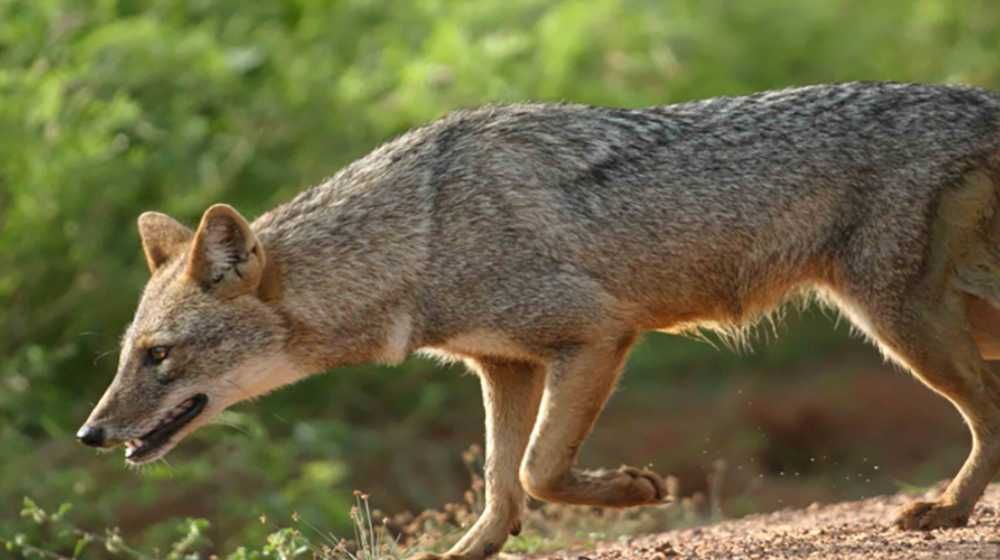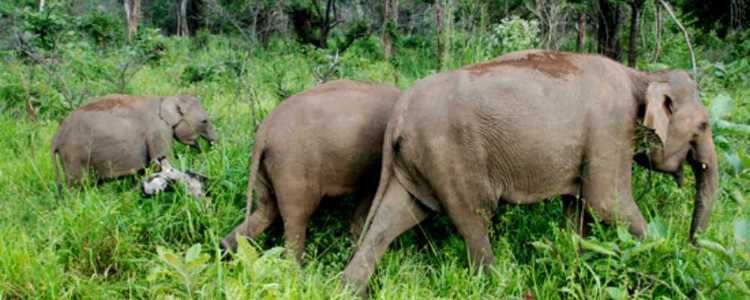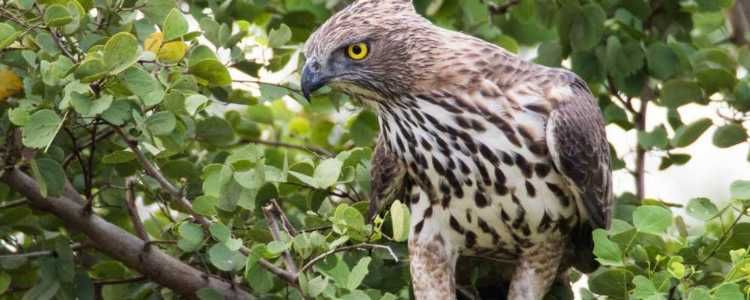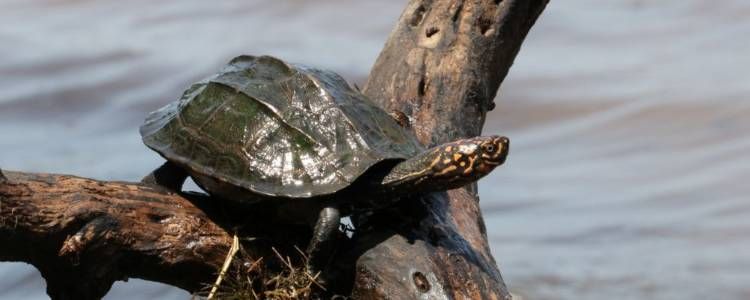
Flood plains National Park Sri Lanka
Flood Plains National Park Sri Lanka is situated in the flood plain of the river Mahaweli and is one of the four national parks designated under the Mahaweli river development project. Situated 222 kilometers from Colombo, the park is a rich feeding ground for elephants and also serves as an elephant corridor for the grey giants migrating between Wasgamuwa national park and the Somawathiya national park. The rich alluvial soil of the flood plains gives rise to numerous water basins or “villus” besides the banks of the river mahaweli, which flows from south to north through the park. Being situated in the dry zone of the country, the park receives rain from the north eastern monsoon from October to January. The damp villus become important grazing grounds during the lasting dry season from March to September.

The park consists of several ecosystems such as river channels, riverine marshes, swamp forests, monsoon forests and gallery forest. It boasts of 231 plant species with a high plant biodiversity observed specially around villus. The abundant water supply and thick vegetation around villus attract large numbers of herbivores. Mammals such as the elephant, fishing cat, jungle cat, jackal, wild boar, spotted deer water buffalo, European otter and spotted chevrotain can be observed within the park. It also hosts a variety of migrant birds, 75 species in winter, to be exact. The freshwater fish species are dominated by exotic species with a few recorded endemic species as well. The marshy habitats hosts reptiles such as a few species of crocodiles, turtles and water snakes.

Flood Plains National Park also has a history dating back to the ancient kingdom of Anuradhapura, with the Mahaweli river having been connected to an ancient irrigation network of tanks. Ruins of ancient cave monastery with inscriptions is situated on the right bank of the river at the edge of Muthugalla villu.




